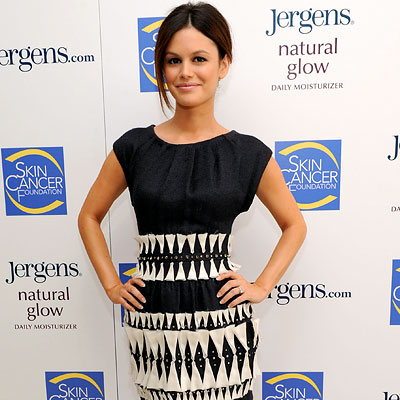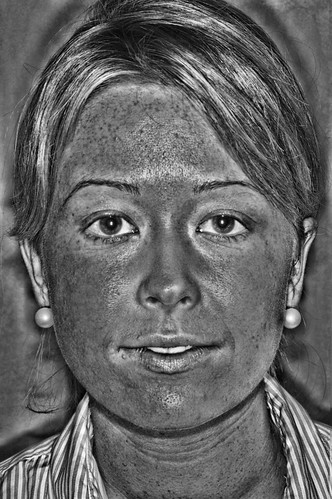
Showing middle-school students ultraviolet photographs that reveal the sun damage to their faces makes them less likely to get sunburns in the months following.
Researchers recruited 111 students aged 11 to 13 from Quincy, Mass., which had a melanoma rate higher than expected from 1999 to 2003.
After receiving a sun protection lecture, 83 students also received a UV photograph of their face that shows pigment changes from chronic sun exposure and an explanation of the damage. Twenty-eight students in the control group heard the lecture but did not have a photo taken.
After two months, 36 percent of the group shown the photos reported getting a sunburn, compared to 57 percent of those who didn't have a UV photo taken.
After six months, 51 percent of intervention group reported a sunburn, compared to 64 percent of the control group.
Students said that the UV photo was a helpful tool in teaching risk factors for skin cancer, and the majority had kept them. The preteens with the highest risk factors for melanoma, such as facial freckles, were more greatly impacted and were significantly less likely to report sunburn at two months and again in six months.
Despite public health recommendations to protect children and preteens from sun damage, studies indicate that most children get at least one sunburn each year and that more than a third have three or more per year, said study author Marie-France Demierre, a professor of dermatology and medicine at Boston University School of Medicine.
"The potential of UV photographs in improving sun protection behavior among children and preteens, especially those most at risk for melanoma, is enormous," Demierre said. "Every teen should get an ultraviolet photograph of his/her face in school along with routine vaccinations."
I would definitely be interested in seeing a UV photograph of my face to see how much damage I have done due to lack of sunscreen.
The Children's Melanoma Prevention Foundation has more on protecting kids from too much sun exposure.









